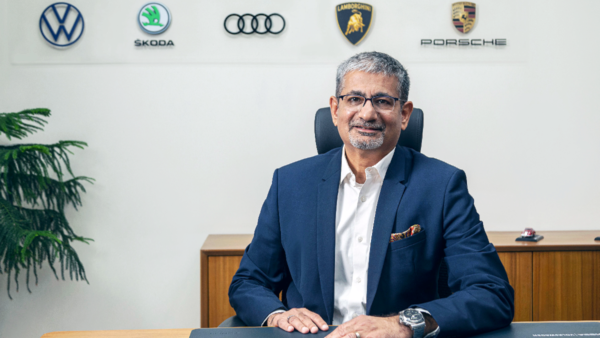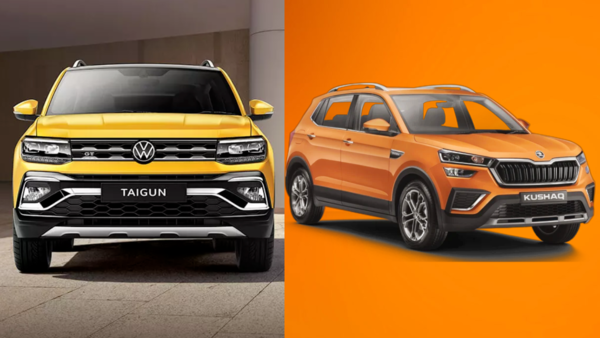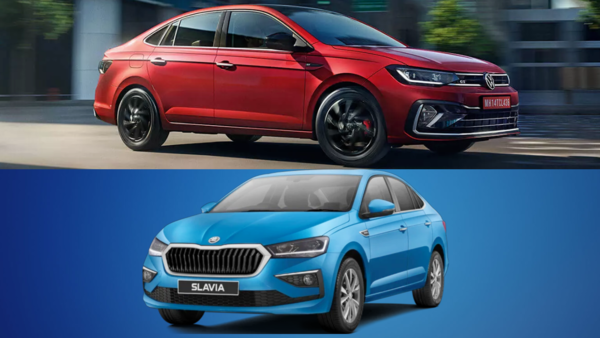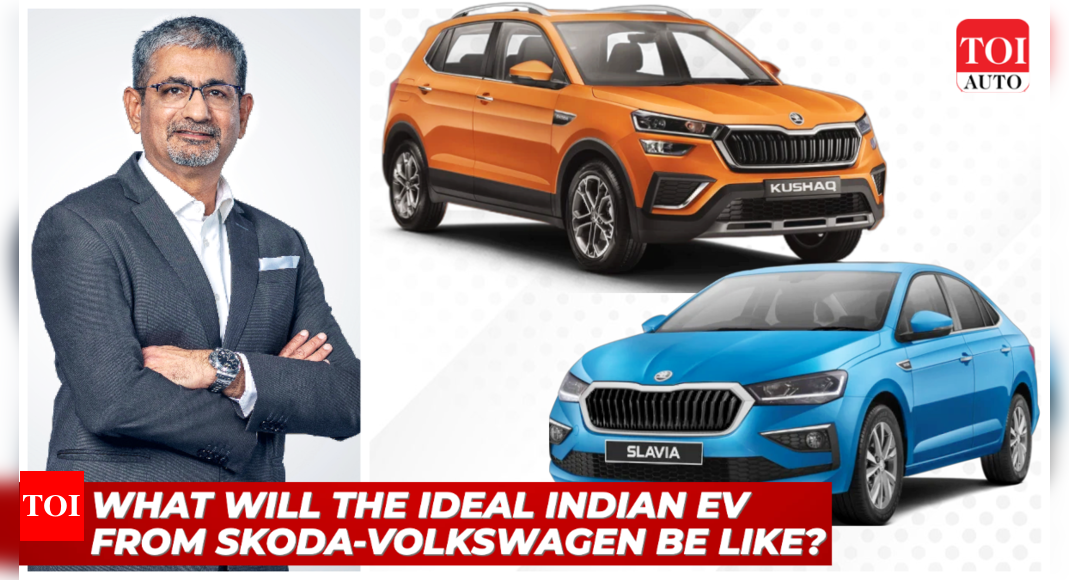[ad_1]
In 2022, the Indian automobile industry recorded its highest ever domestic sales by selling 37.93 lakh units, a gain of 23.1 percent over 2021. Manufacturers such as Tata Motors (58.2 percent), Toyota Kirloskar Motors (22.6 percent) and Kia India (40.2 percent) were among the top gainers but they were surprisingly left behind on pure growth percentage terms by Skoda Auto Volkswagen Group that leapt ahead, recording a growth of 86 percent and 125 percent for the Skoda brand individually. TOI Auto recently got in touch with Piyush AroraManaging Director and CEO, Skoda Auto Volkswagen India Private Limited, to enquire how this growth was achieved on the back of Skoda and VW’s INDIA 2.0 cars, what is their long-term strategy and if affordable EV is on the cards to continue with the momentum. Of course, we also asked him about the return of the Polo! Here’s what he had to say.
Arora confirmed to TOI Auto that 2022 was in fact a stellar year for the group as they ended the year with a 4 percent market share in December and 3 percent for the whole year. Overall the group sold a total of 1,34,667 cars out of which 1,01,270 were for the domestic market and 33,397 were for export. It is important to note that when we talk about the group, all brands including Skoda, Volkswagen, Audi, Porsche and Lamborghini are being accounted for. Going at this rate, Arora modestly said, “I do believe that 2023 for us would be the year where we want to further expand our market and inch towards our ambition of getting closer to 5 percent market share by 2025.” Arora was glad about the impressive growth posted by luxury brands Audi, Lamborghini and Porsche. He expects these brands to continue growing at double-digit rates and long-term plans will be helped by the fact that both Audi and Porsche now have electric models on sale in India and have already got a great reception from the market.

Mr. Piyush Arora, Managing Director and CEO of ŠKODA AUTO Volkswagen India Private Limited.
However, the group’s luxury brands still account for a smaller share of total volumes. That means the hefty muscle work of volumes was put in by the new models launched by Skoda and Volkswagen. “I think 2022 for us was a year of new launches and we now have 20 plus products, across the brands,” Arora added.
The portfolio between Skoda and Volkswagen started growing in 2021, when the group unveiled its INDIA 2.0 strategy and brought in the Volkswagen Taigun and the Skoda Kushaq into the mid-size SUV segment. Both products received positive responses from the masses and for the second instalment, the group launched the Skoda Slavia and the Volkswagen Virtus premium sedans into the country. Deemed an unreasonable step by some at the time, the investment in sedans seems to have paid off and the numbers prove it.

VW Taigun and Skoda Kushaq launched in 2021
While Arora praised the automaker’s MQB A0-IN platform for its flexibility and how it was crucial in bringing back the spotlight on the VW and Skoda brands we could not help but ask if the platform will be used to develop a hatchback. The demise of the Volkswagen Polo has certainly left a big hole in the hearts of enthusiasts in the country. To this, Arora said, “If you see, today in India, the hatchback segment is one which is losing its sheen to the SUV body style. Even in the lower-end segments, customer preferences are moving more in the SUV direction. We believe that this trend is not just a fad but it will continue to stay that way.
So having said this, having evaluated what areas we want to focus on, the SUV, notchback and sedan segment is where we see growth potential. While we keep evaluating the possibilities and our platform’s flexibility gives us a chance in future to look at other options as well, the present thought process and focus are very clearly on the SUV body styling and the sedan body styling.”
On that terrible disappointment, we steered the conversation with Arora, towards cleaner mobility.

VW Virtus and Skoda Slavia launched in 2022
Of late, major manufacturers in the country have set their sights on launching affordable Battery Electric Vehicles (BEVs) and hybrid vehicles offering high-efficiency. With no affordable hybrid or EV vehicles on sale or even in medium-term plans, are we seeing a situation where the group has been left behind by its rivals in the area of mass-market electric vehicles?
Arora was quick to clarify that first of all they haven’t been left behind and that the Volkswagen Group has zeroed in on electrification and synthetic fuels as the right direction globally. This is based on the belief that while cars will become cleaner, ICE engines will continue to have a presence for at least two more decades and synthetic fuels can help keep them running efficiently. Secondly, from a global perspective, an affordable EV for the masses is a car that costs under 20,000 euros (Rs 17.77 lakhs approximately) from the group’s perspective. BEVs are a focus for the group in European markets at present and would possibly migrate to other markets eventually, India being one of them. While he did not disclose a solid timeline, he promised some action would be taken during the early second half of this decade. While Arora didn’t give any further timeline details we expect the planned timeline for an affordable Made in India EV to be between late 2026 to mid 2027.

An EV with a 350 km WLTP range and above seems to hit the sweet spot.
“All these aspects, including the current infrastructure in India, is what we are evaluating at this point in time, to decide when we really want to get into the market. While the growth rate is fast, it still remains between 1 or 2 percent, so there is still 98-99 percent of the Indian market which we want to, I would say, capitalize on at this point of time.”
However, when asked what the ideal VW/Skoda BEV for India could look like. Arora told TOI Auto that an EV with a 350 km WLTP range and above seems to hit the sweet spot. He said, “I think that these are the products which would stay relevant in the market and I think we have to focus on something similar or even better than that.”
Driving Volkswagen Taigun on an Airfield! | TOI Auto
Speaking on the group’s global expansion strategy, Arora confirmed that in 2023, the Skoda brand will enter Vietnam with a partner. Cars such as the Kodiaq, Karoq, Octavia and Superb will be imported into Vietnam from Europe. There is good news for India in Skoda’s South Asian expansion as well. Towards the end of 2024, INDIA 2.0 models such as the Kushaq and Slavia could also start getting exported to Vietnam. In addition, other markets will be explored for the INDIA 2.0 models later, adding to the export business.
Combined with the Volkswagen Group’s current INDIA 2.0 strategy, could the export expansion help Skoda and the group maintain its lead and secure double-digit growth? Tell us what you think in the comments.
[ad_2]
Source link




